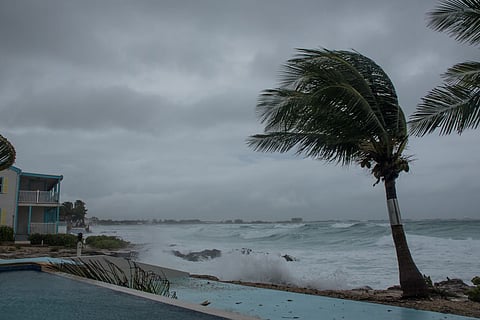FRIDAY, Oct. 11, 2024 (HealthDay News) -- Daily rainfall intensity is associated with varying health effects, with extreme events associated with an increased risk for mortality, according to a study published online Oct. 9 in The BMJ.
Cheng He, Ph.D., from the German Research Center for Environmental Health in Munich, and colleagues examined the associations between characteristics of daily rainfall and all-cause, cardiovascular, and respiratory mortality in a two-stage time series analysis conducted in 645 locations across 34 countries or regions. The association between daily mortality and rainfall event with return periods (expected average time between occurrences of an extreme event of certain magnitude) of one, two, and five years was examined.
The researchers identified 50,913; 8,362; and 3,301 rainfall events with a one-, two-, and five-year return period, respectively, during the study period from 1980 to 2020. There was a significant association seen for a day of extreme rainfall with a five-year return period with increased daily all-cause, cardiovascular, and respiratory mortality (cumulative relative risks, 1.08, 1.05, and 1.29, respectively, across 0 to 14 lag days). There were associations observed for rainfall events with a two-year return period with respiratory mortality only; no significant associations were seen for events with a one-year return period. Protective effects were seen for moderate-to-heavy rainfall events, while extreme intensities revealed adverse effects.
"These findings underscore the need for comprehensive public health strategies, developed through collaboration among meteorological, public health, and urban planning sectors," the authors write. "Such strategies are crucial to mitigate the broad health effects of extreme rainfall. This is especially important considering the well-established trend of increasing short-term rainfall intensity as a result of climate change."
Abstract/Full Text
Editorial


